Abstract: On 2024, September 4, a meteor outburst was detected by a video camera network in the United States. Therefore, we also looked into data from Japan’s SonotaCo Network and other sources. There were six simultaneous meteors on the same day, and the outburst lasted about eight hours. One of these was recorded with a spectrum and had multiple echoes in radio observations. A weak annual meteor shower was also observed at this time in past data. In addition, when we look into the parent body candidates, we found that there is an asteroid 2010OA101 with a similar orbit.
Observations
Six simultaneous meteors have been recorded by video cameras in Japan’s SonotaCo Network within the eight hours of the outburst duration (Figure 1 and 2). About 20 single station meteors were observed, some of which simultaneously. In addition, one spectrum was captured from the simultaneous meteors for which the orbit was determined. Multiple echoes of this meteor were also observed in radio observations .
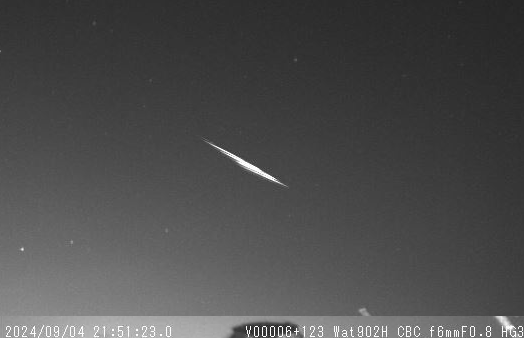
Figure 1 – SPC meteor on September 4, 12h51m22s UTC.
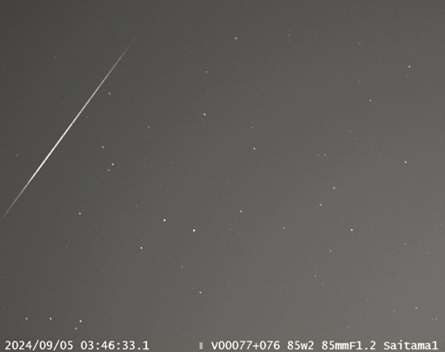
Figure 2 – SPC meteor on September 4, 18h46m33s UTC.
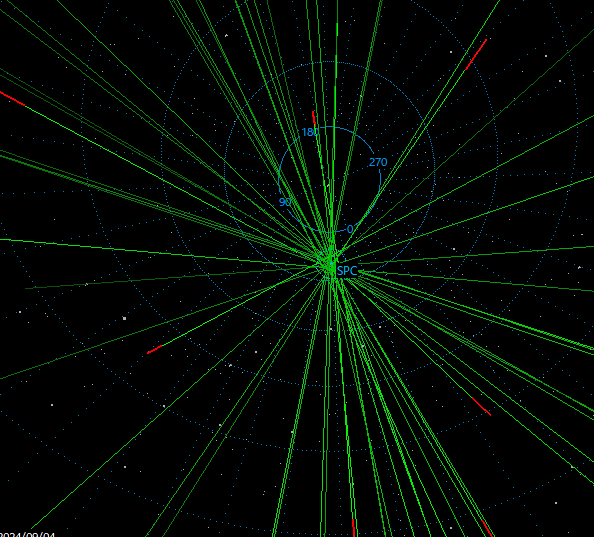
Figure 3 – Single SPC meteors and radiant.
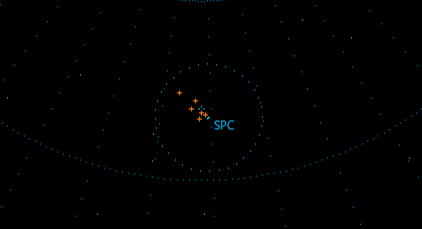
Figure 4 – SPC radiant map 2024, September 4.
Results
Similar to the American observation results (Jenniskens and Moskovitz, 2024a; 2024b) the meteor trail map on September 4 (UT) showed a clear cluster of meteors (Figures 3 and 4). The orbits from the meteor shower with the triangulated radiant and velocity were selected, and six meteors from this meteor shower were triangulated. The duration of the meteor shower was short. Based on these orbits, the meteor shower was active between solar longitudes 162.07 and 162.38 degrees (Equinox J2000), apparently centered at 162.14 degrees, and activity may have continued throughout the night. Detection times on September 4 are listed in Table 1. This table shows the orbital elements, geocentric radiant and velocity, and orbital elements for the vernal equinox J2000. The measured radiant was ±1.9degrees in right ascension, ±0.5degrees in declination, and the velocity ±0.4km/. These dispersions are common in meteor triangulations.
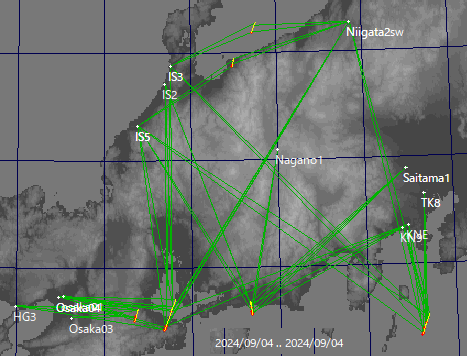
Figure 5 – SPC trajectory map 2024, September 4.
The spectrum obtained from the simultaneous meteor shows early release of sodium, indicating that the meteoroid is fragile (Vojáček et al., 2015). The spectral type is Normal (Figures 6 and 7).
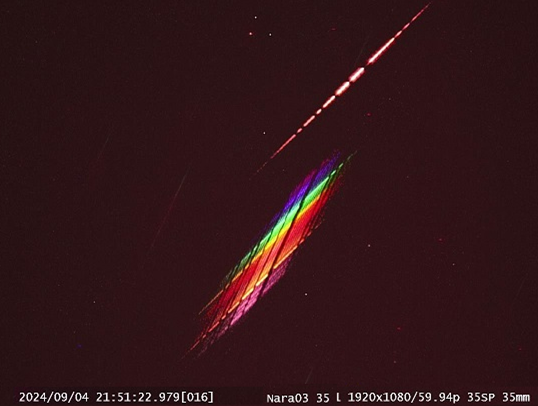
Figure 6 – SPC spectrum of the SPC at 12h51m22s.
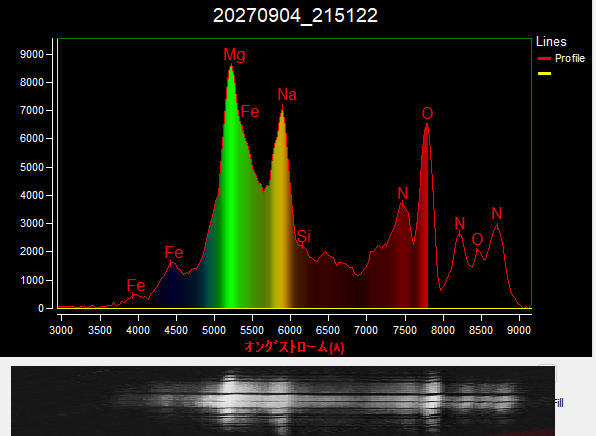
Figure 7 – Spectral analysis results. No sensitivity correction. Spectral type is Normal.
Table 1 – The orbital elements, geocentric radiant and velocity, and other orbital parameters.
| Date (UT) | 04/09/2024 | 04/09/2024 | 04/09/2024 | 04/09/2024 | 04/09/2024 | 04/09/2024 | Average | SD |
| Time (UT) | 11h06m39s | 12h12m58s | 12h51m22s | 14h31m08s | 16h02m00s | 18h46m33s | ||
| λʘ (°) | 162.07 | 162.12 | 162.14 | 162.21 | 162.27 | 162.38 | 162.198 | ±0.114 |
| αg (°) | 22.45 | 24.02 | 22.00 | 21.15 | 26.67 | 23.12 | 23.23 | ±1.944 |
| δg (°) | 73.45 | 74.00 | 73.81 | 73.69 | 74.86 | 74.43 | 74.04 | ±0.522 |
| vg (°) | 45.03 | 45.89 | 45.53 | 45.56 | 45.11 | 44.68 | 45.30 | ±0.44 |
| a (AU) | 3.08 | 3.71 | 3.60 | 3.71 | 3.10 | 3.04 | 3.37 | ±0.33 |
| q (AU) | 0.987 | 0.992 | 0.989 | 0.987 | 0.997 | 0.991 | 0.991 | ±0.004 |
| e | 0.679 | 0.733 | 0.725 | 0.734 | 0.679 | 0.674 | 0.704 | ±0.029 |
| ω (°) | 198.72 | 196.00 | 197.46 | 198.08 | 193.72 | 196.60 | 196.76 | ±1.785 |
| Ω (°) | 162.07 | 162.12 | 162.14 | 162.21 | 162.27 | 162.38 | 162.20 | ±0.114 |
| ι (°) | 82.01 | 82.87 | 82.21 | 82.10 | 82.14 | 81.27 | 82.10 | ±0.512 |
| MagA | –1.8 | –1.7 | –2.4 | 0.7 | –0.1 | –1.2 | –1.1 | |
| Dur. (s) | 0.3 | 0.5 | 0.9 | 0.4 | 0.3 | 0.4 | 0.5 | |
| Hb (km) | 98.1 | 107.3 | 115.8 | 106.2 | 105.6 | 105.3 | 106.4 | |
| He (km) | 90.9 | 93.0 | 87.3 | 93.9 | 95.9 | 89.8 | 91.8 | |
| L (km) | 12.5 | 23.7 | 44.6 | 17.1 | 12.5 | 20.3 | 21.8 | |
| Tj | 1.85 | 1.54 | 1.60 | 1.56 | 1.83 | 1.88 | 1.71 | ±0.16 |
| λΠ | 344.77 | 344.16 | 344.58 | 344.78 | 344.18 | 344.97 | 344.57 | ±0.336 |
| βΠ | –18.5 | –15.9 | –17.3 | –17.9 | –13.6 | –16.4 | –16.6 | ±1.762 |
| DSH | 0.05 | 0.05 | 0.05 | 0.06 | 0.07 | 0.06 | 0.04 | ±0.01 |
Table 2 – Comparing CAMS orbit data and the parent body candidate orbital elements.
| N | λʘ (°) |
αg (°) |
δg (°) |
vg (km/s) |
a (AU) |
q (AU) |
e | ω (°) |
Ω (°) |
ι (°) |
Tj | λΠ (°) |
βΠ (°) |
DSH | |
| CAMS2024 | 13 | 162.104 | 20.6 | 73.5 | 46.4 | 5.3 | 0.987 | 0.812 | 197.8 | 162.07 | 82.4 | 1.15 | 344.5 | -17.64 | 0.12 |
| CAMS2014 | 11 | 162.11 | 25.6 | 73.7 | 45.9 | 3.33 | 0.992 | 0.702 | 195.8 | 162.4 | 83.5 | 1.71 | 344.23 | -15.7 | 0.03 |
| Parent body 2010OA101 | 4.5 | 1.38 | 0.693 | 197.87 | 161.29 | 82.1 | 1.29 | 343.1 | -17.78 | 0.39 | |||||
| RVO 9/4 | 26.1 | 72.6 | 46.2 | 3.22 | 0.989 | 0.693 | 197.9 | 161.9 | 84.4 | 1.72 | 343.71 | -17.81 | 0.04 |
I tried to find a parent body candidate from the orbital elements. When I calculated it with RVO at the observation time, it came up as a candidate. there was an asteroid 2010OA101 with a similar orbit. See Table 2 and Figure 8.
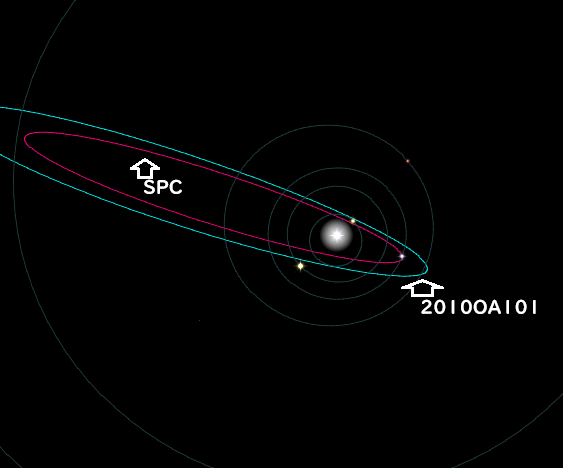
Figure 8 – Comparing the orbits of the SPC meteoroid stream with the possible parent body 2010OA101.
Acknowledgment
We would like to thank the SonotaCo network for providing the orbit calculation data for this study. We would also like to thank Paul Roggemans for his proofreading and advice.
References
Vojáček V., Borovička J., Koten P., Spurný P., Štork R. (2015). “Catalogue of representative meteor spectra”. Astronomy & Astrophysics, 580, A67, 1–31.
Jenniskens P., Moskovitz N. (2024a). Meteor shower outburst with radiant in Cassiopeia. CBET 5442. Ed. D. W. E. Green. IAU Central Bureau for Astronomical Telegrams. 1 pp.
Jenniskens P., Moskovitz N. (2024b). “2024 outburst of September psi-Cassiopeiids”. eMetN, 9, this issue.





